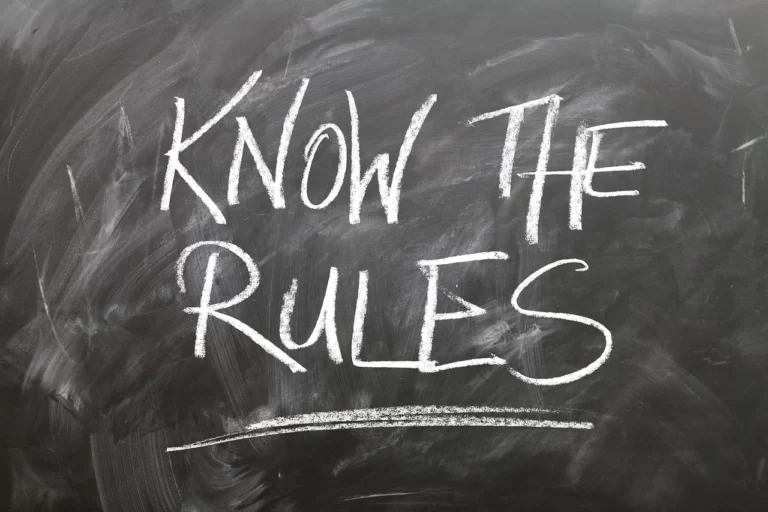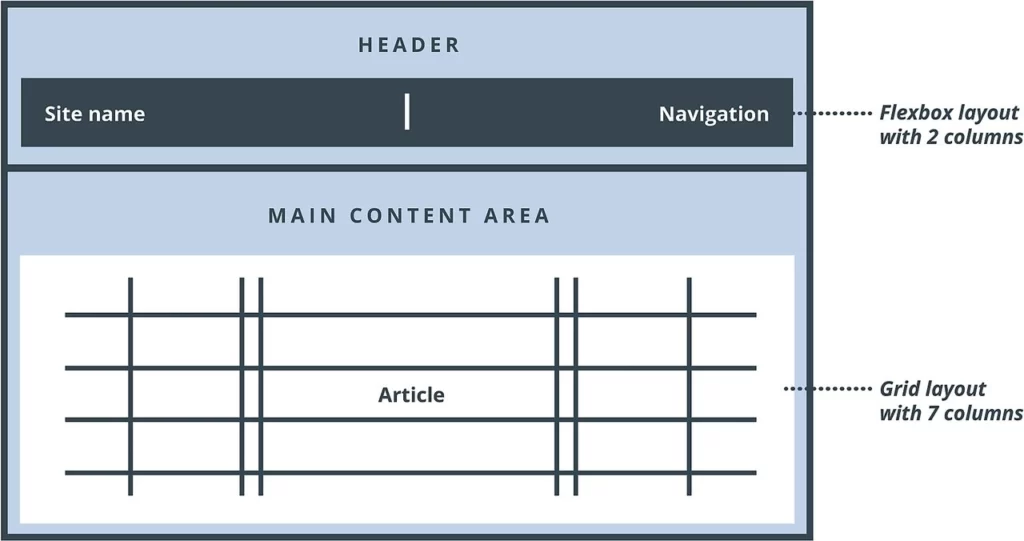This blog post contains the guidelines for the incoming tutorials review that I am aiming to do. Here you can find all the Tutorial Review blog’s entries that I have published so far. The goal of this blog post is to help users understand how I am going to review tutorials. While I also state the facts that I believe personally makes a good tutorial. If any update is made on this post in the future. It is going to be listed in the changelog you can find at the bottom of the page.
What is a tutorial?
The word tutorial can have multiple meanings but I am going to assume for this blog series, the following definition. A tutorial is any content whose goal is to help the user in learning, understanding or improving their knowledge regarding a specific topic or topics regardless of the user’s current expertise.

Ensuring tutorial reviews guidelines
Any tutorial review that I am going to release. It is going to be compliant with state of this blog post at the time of writing the review. Basically, this means that older reviews may not align with the current state of this page but they were originally.
Once a new tutorial review is published. It is going to have a 1-week grace period, where I allow myself to make any review’s edits. Any edits performed during this period are going to still be under the guidelines supervision. After the grace period has expired. Then, the review is no longer going to be updated except to fix grammar mistakes or similar.

Structure of a tutorial review
To begin with, a review is going to start by introducing the tutorial’s topic. After that, comes a technical datasheet with information about the tutorial like its author, price, etc.. Nevertheless, not all the items displayed in that list are going to be present in all the tutorial reviews. This is because certain information may not be appliable to some tutorial types and formats.
Then, in the middle point of the review. We can find a detailed justification of the key points to review. Each point is going to have their own section and score rated between 0.0 (lowest value) and 5.0 (highest value).
Finally, in the end, for those that do not care about the details. There is going to be the scoring part with the scores for each section along with a total overall rating. To clarify, the final given score follows the same rating criteria as the individual point rating system. Additionally, the final rating is not just an straight average of the key review points. So, for example, if all the key points have the maximum possible score. This does not necessarily mean that the tutorial review score is going to be also the maximum score. At the very end of the review, after revealing the final score of the tutorial. There may be or not some closing remarks in the case that I need them.
In summary, a tutorial review is going to have the following sections:- Introduction
- Technical datasheet
- Key points review
- Up-to-date
- Quality
- Price
- Scoring

What is the rating scale?
Ratings are subjective and can go from 0.0 (lowest value) to 5.0 (highest value). Furthermore, ratings can also be half a decimal number, meaning that there are 10 possible combinations which are:
= 0.0 (Abysmal)
= 0.5 (Awful)
= 1.0 (Terrible)
= 1.5 (Poor)
= 2.0 (Mediocre)
= 2.5 (Average)
= 3.0 (Decent)
= 3.5 (Good)
= 4.0 (Great)
= 4.5 (Fantastic)
= 5.0 (Excellent)
The names that I have used in these rating scores come from this very interesting article. They basically try to rank works based on how positive and negative their meaning is. In fact, it kind of makes sense to use this as a word-rating system and I love the result.
I am a very critical and impartial person. Therefore, I am usually quite harsh when I review stuff including my own work and other’s people work. That means that I only recommend trying any reviewed items if I gave them a score of 3.5 or higher. If you consider yourself also a strict person, you can even raise the score to a minimum of 4.0. However, do not be taken back by my ratings and always do your own due diligence. Many tutorials are targeted to certain persona types which sometimes might be a fit for you but not for me. After all, ratings are just a subjective number which you may not agree with.
Key points in what makes a good tutorial
Here there is a list of the points that I personally consider what makes a great tutorial. The list goes from most important to least important points.
Up-to-date
This point is going to represent how well a tutorial has withstood the test of time. It is extremely hard for most tutorials to remain relevant over the span of years since their release. That is why tutorials often receive updates or new releases every now and then.
Thus, if I make a tutorial review on something that releases this year. It is very likely but not guaranteed that it is going to receive a score of 5.0.
Updates or new releases of a tutorial are only going to be taken into account. Only if they are free and published before the day of the actual review. As already mentioned and explained in the guidelines of this post.
Quality
The ultimate goal of a tutorial is to help their users learn and improve their knowledge on a specific area. So, the better a tutorial accomplishes this goal, the better score a tutorial is going to receive.
The quality of a tutorial can be set based on several factors which change according to a tutorial’s format. Some general factors which may or not be in a review without any specific order are:
- Readability: when the tutorial is easy to understand and you can follow along without issues.
- Length: when the tutorial has an adequate length based on the number of topics that it teaches.
- Table of contents: if the tutorial has a good structure and you can easily find whatever you need.
- Usefulness: when the the tutorial provides high quality content of what was advertised or promised.
- Engagement: if the tutorial interacts with their users such as providing exercises or challenging them.
- Setup: if the tutorial includes a proper setup for their users to learn and be able to test stuff.
Price
Price is obviously one of the most important factors to consider in a tutorial. Even if it does not really effect the contents of the tutorial by itself. You may create the best tutorial ever but if you sell it to others for 1 million dollars. Then, for me at least, that tutorial is completely worthless.
A price rated with 5.0 is automatically going to be any free tutorial. However, if the tutorial needs to be purchased with a currency. The price score is going to be a direct relation between its price and its quality ratio. Therefore, it is still possible to rate an expensive tutorial with the maximum price score if it somewhat makes sense.
Out of all the different factors. Price is the factor most likely to change with the passage of time. Tutorials inherently lose value the more they have been on the market. They become outdated while better and updated tutorials are created. However, even if a tutorial’s inherent value is going to drop in the future. Their price is still set by their sellers. Some sellers will decrease the price of their products accordingly but some will not.
This is why in the technical datasheet of a tutorial review. I am going to list the official sources and prices of a tutorial, if there are any. Along with the sources and prices of the cheapest unofficial but popular retailer or reseller that I can find like Amazon. This helps people that prefer to buy from official sources even if it is slightly more expensive. While it also helps people that look out for cheaper options. I am going to try to always evaluate price from official sources. I will only use unofficial sources when there are no official ones.
Format
A tutorial’s format means in what form or method the tutorial has been created (book, video, course…). I believe that this point is entirely subjective to each individual. That is because some people prefer or have better affinity with books over videos for learning purposes and all that.
It would be unfair to have this characteristic take part in determining the overall score of a tutorial. That is why I am not going to take into account this point when evaluating a tutorial review. I am instead only just going to include it in the initial bullet point list as it is important information.
Nonetheless, try to keep in mind the advantages and disadvantages each type of tutorial format can natively bring. For example, an online course is inevitably going to disappear and become unaccessible one day.
Scoring
The last part of a tutorial review is going to be the scoring section. This is how it looks like.
Up-to-date
2.5 (Average)
A few lines to justify why up-to-date has a score of 2.5 stars.
Quality
3.0 (Decent)
A few lines to justify why quality has a score of 3.0 stars.
Price
5.0 (Excellent)
A few lines to justify why price has a score of 5.0 stars.
Final score
2.0 (Mediocre)
A few lines to justify why the final score has a score of 2.0 stars.
Changelog
As mentioned earlier in the post’s introduction. Here you can find the changelog which states all the modifications made in this blog post since its release. Each additional entry and modification in the changelog is going to be listed from chronological order from newest to oldest.
- 2024-08-01
- Restructured the layout of the What is the rating scale? and Score table section for better mobile compatibility.
- Renamed the Score table section to Scoring.
- Started counting the changelog entries from Entry 1 instead of Entry 0.
- Changed the bullet points of lists and some of its content.
- 2023-09-02
- Updated Price rules and listings about official versus unofficial sources.
- 2023-08-07
- Added 300 word per section clarification at the end of Structure of a tutorial review section.


